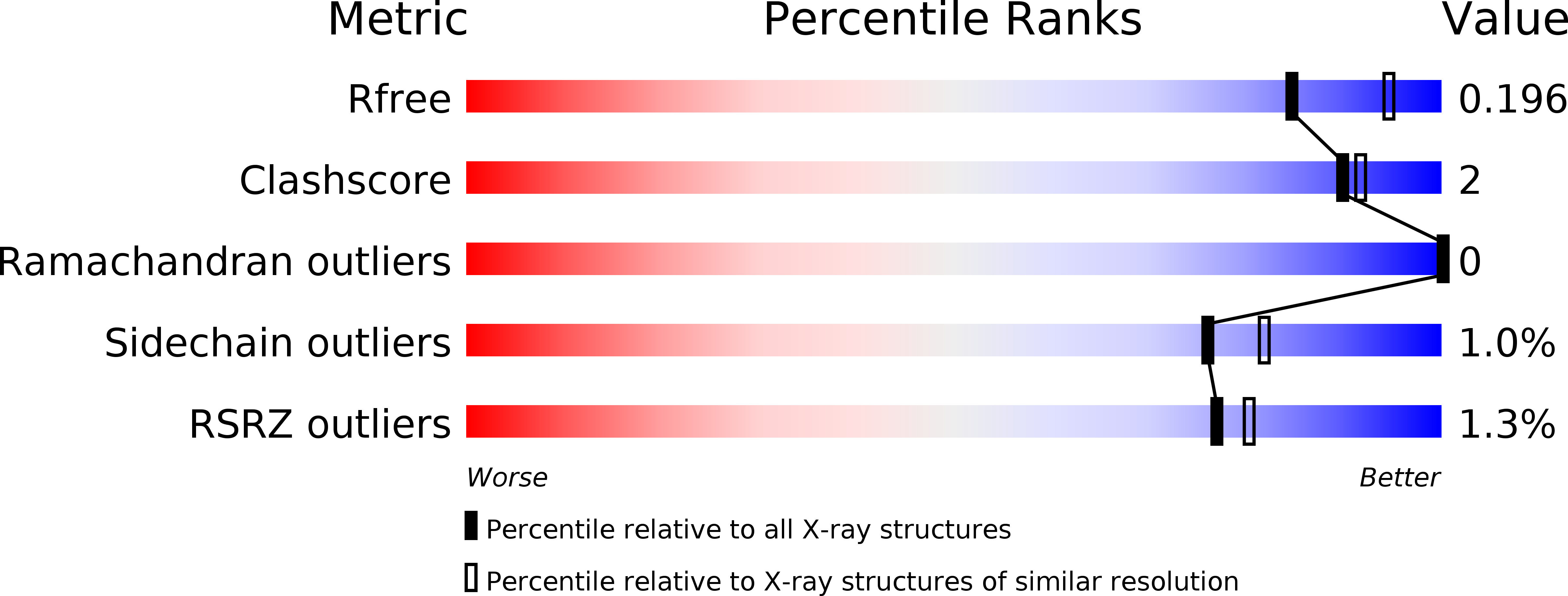
Deposition Date
2010-02-03
Release Date
2010-02-09
Last Version Date
2024-02-21
Entry Detail
PDB ID:
3LNT
Keywords:
Title:
Crystal structure of phosphoglyceromutase from Burkholderia Pseudomallei 1710B with bound malonic acid
Biological Source:
Source Organism:
Burkholderia pseudomallei (Taxon ID: 320372)
Host Organism:
Method Details:
Experimental Method:
Resolution:
2.10 Å
R-Value Free:
0.19
R-Value Work:
0.17
R-Value Observed:
0.17
Space Group:
P 65


